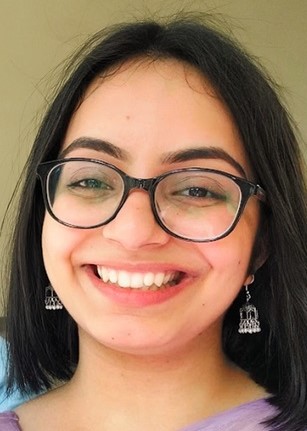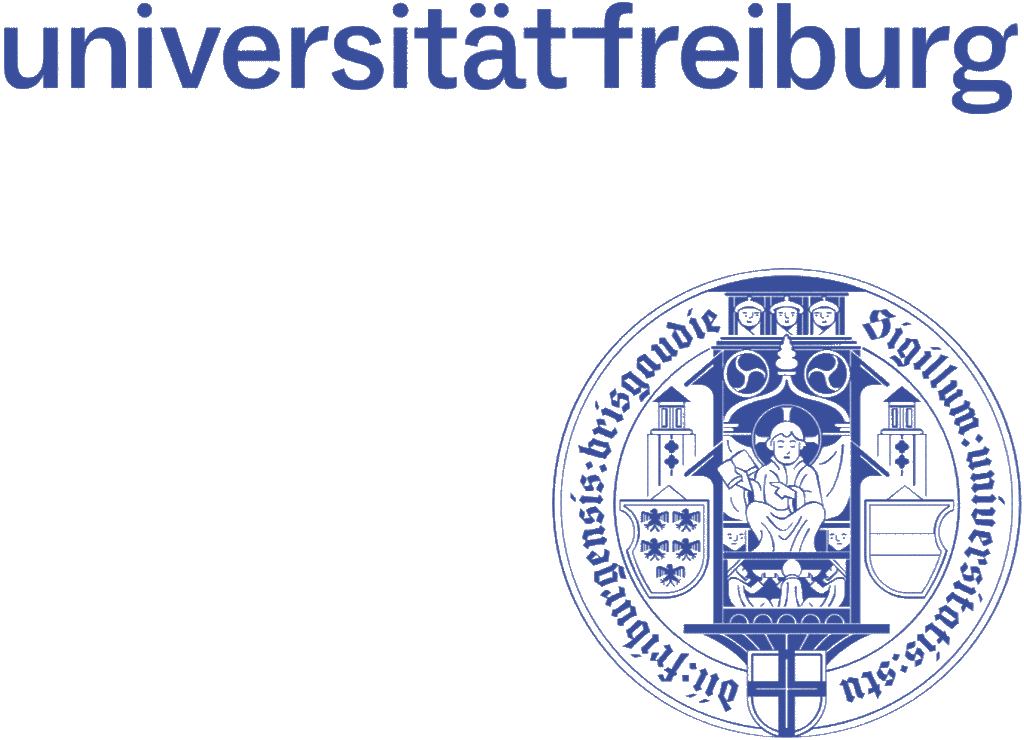
University of Freiburg
Institute of Physics
Experimental Cluster Physics
nishtha.lakhanpal(at)physik.uni-freiburg.de
Free electron laser based photoelectron spectroscopy for the study of structure
and ultrafast dynamics of size-selected clusters
Clusters serve as ideal model systems for investigating fundamental phenomena such as multi-particle quantum dynamics, phase transitions, and strong field effects. The significant advancements in the development of intense light sources in the XUV and X-ray ranges, especially free-electron lasers (FELs), have opened new opportunities for studying free clusters and nanoparticles. The integration of these advanced light sources with a state-of-the-art spectrometer system enables unprecedented insights into the structure and dynamics of nanoscale matter.
The use of high photon energies facilitates the study of the complete valence band structure as well as core states in both cluster anions and cations yielding a much more comprehensive insight into their electronic structure than was available before. This is particularly important for transition metal clusters, whose magnetic and chemical properties are predominantly governed by d-band interactions. Furthermore, the short duration of FEL pulses allows one to study the ultrafast dynamics for example after core electron emission by pump-probe spectroscopy.
Additionally, the high intensity of the pulses make it possible to study multi-photon effects, revealing complex multi-particle dynamics.
The setup includes an intense magnetron gas aggregation cluster source, ion guide, deflector, RF quadrupole mass selector, a cryogenic rf ion trap, accelerator unit and a magnetic bottle photoelectron spectrometer combined with a special ion optics system. The interaction region of the spectrometer is cryogenically cooled to about 3 K, which reduces the background pressure in this region to about 10⁻¹² mbar. At this pressure background signal from rest gas, which even
at pressures of only 10⁻¹⁰ mbar dominates the photoelectron spectrum, is almost undetectable, which strongly enhances the signal-to-noise ratio of the cluster photoelectron spectra.
Supervisor: Bernd von Issendorff



